Which gearbox should your next car have?
We compare the four main types of automatic gearboxes to see which one is best.
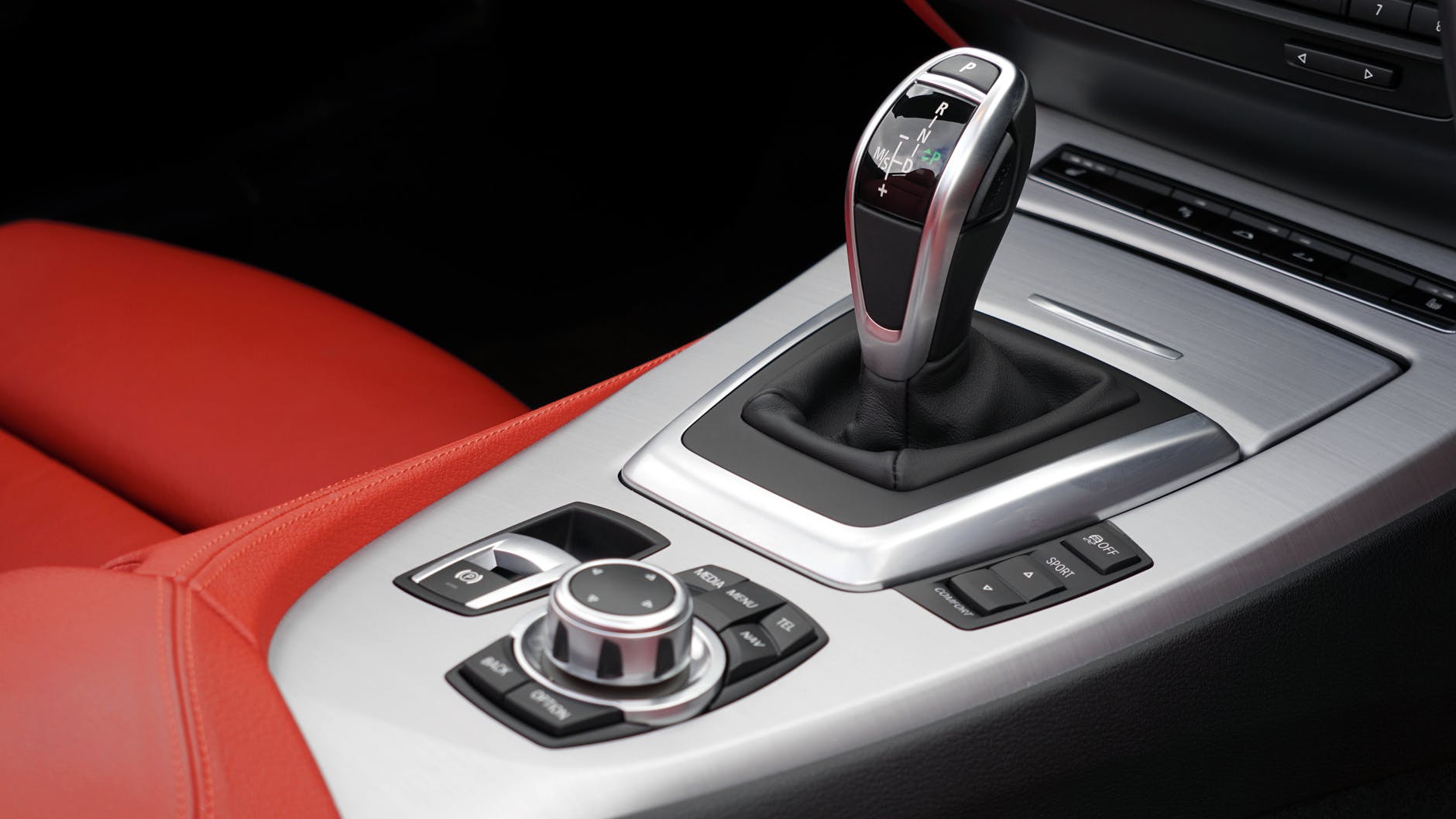
Automatic transmissions are a boon. With traffic taking over our cities, it only makes sense that more and more affordable cars are getting them too. With an automatic, half the stress of driving in the city is eliminated. All you need to handle is the throttle, brake and steering so your left leg can relax and take a break from all the walking. However, with complicated terms like IVT, DSG and AGS floating around from the manufacturers which gearbox is really the best? Or are they all the same?
Well, firstly they are not the same. There are three major categories of automatic transmissions in road cars — torque convertor automatics, automated manual transmissions (AMT) , continuously variable transmissions (CVT) and dual clutch transmissions (DCT).
Torque Converters
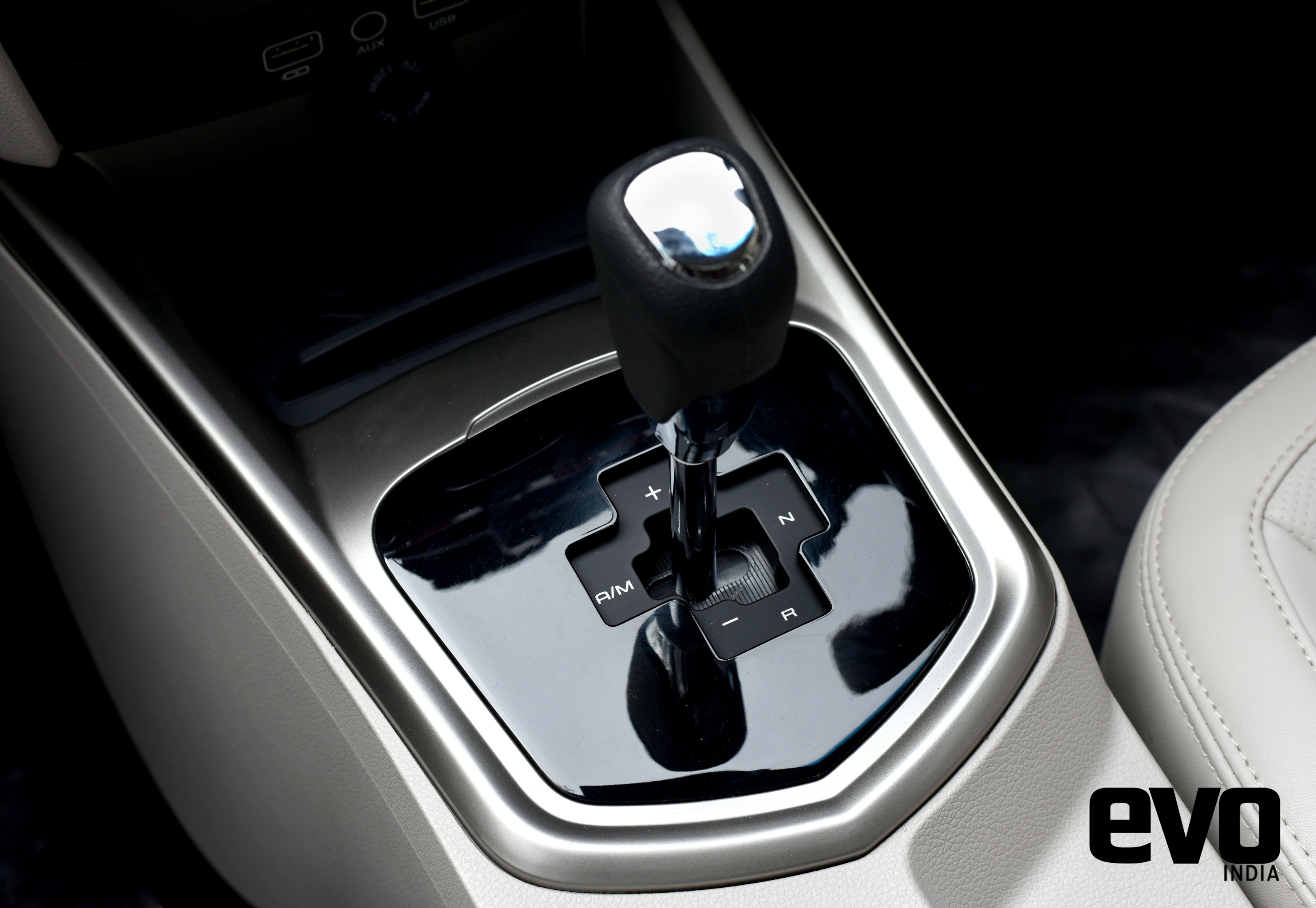
Torque Converters are the most common form of automatic gearboxes, you can find them in a bunch of cars like the new Volkswagen Polo GT TSI with its 1-litre engine, the Skoda Rapid and the Mahindra XUV500, among others. They work by replacing the clutch with something known as a torque converter, which sits between the transmission and the engine. It performs a similar duty to the clutch in the sense that it can stop the engine from stalling by allowing it to move independently of the driveshaft when needed (while you are stationary, for example). They also multiply the torque from the engine, transferring it to the transmission and also drive the transmission pump. So, torque converters never need to cut off power to the engine.
Pros: Cheap, reliable
Cons: Low fuel efficiency
AMT
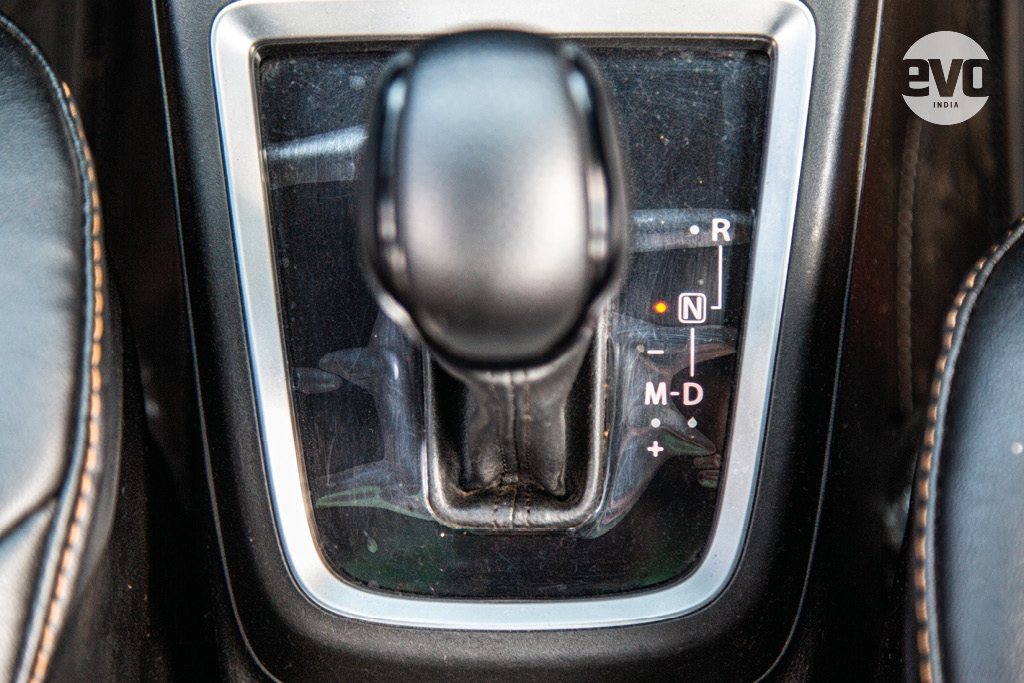
The AMT is fairly popular among small, more affordable cars like Maruti Suzuki’s range of AGS equipped cars. These are essentially manual cars with the clutch and gear selection being controlled electronically. The advantage here is that the technology is applied to a regular transmission so manufacturers do not need to develop a new gearbox, or even have a separate assembly line to build automatic gearboxes. They simply outsource the system to companies like Magneti Marelli and it is sort of a bolt on fit for the ‘box. While the technology for this type of gearbox is derived from Formula 1, don’t expect your Celerio with AGS to be racing supercars.
Pros: Cheap, fuel efficient
Cons: Jerky shifts, slow to react
CVT
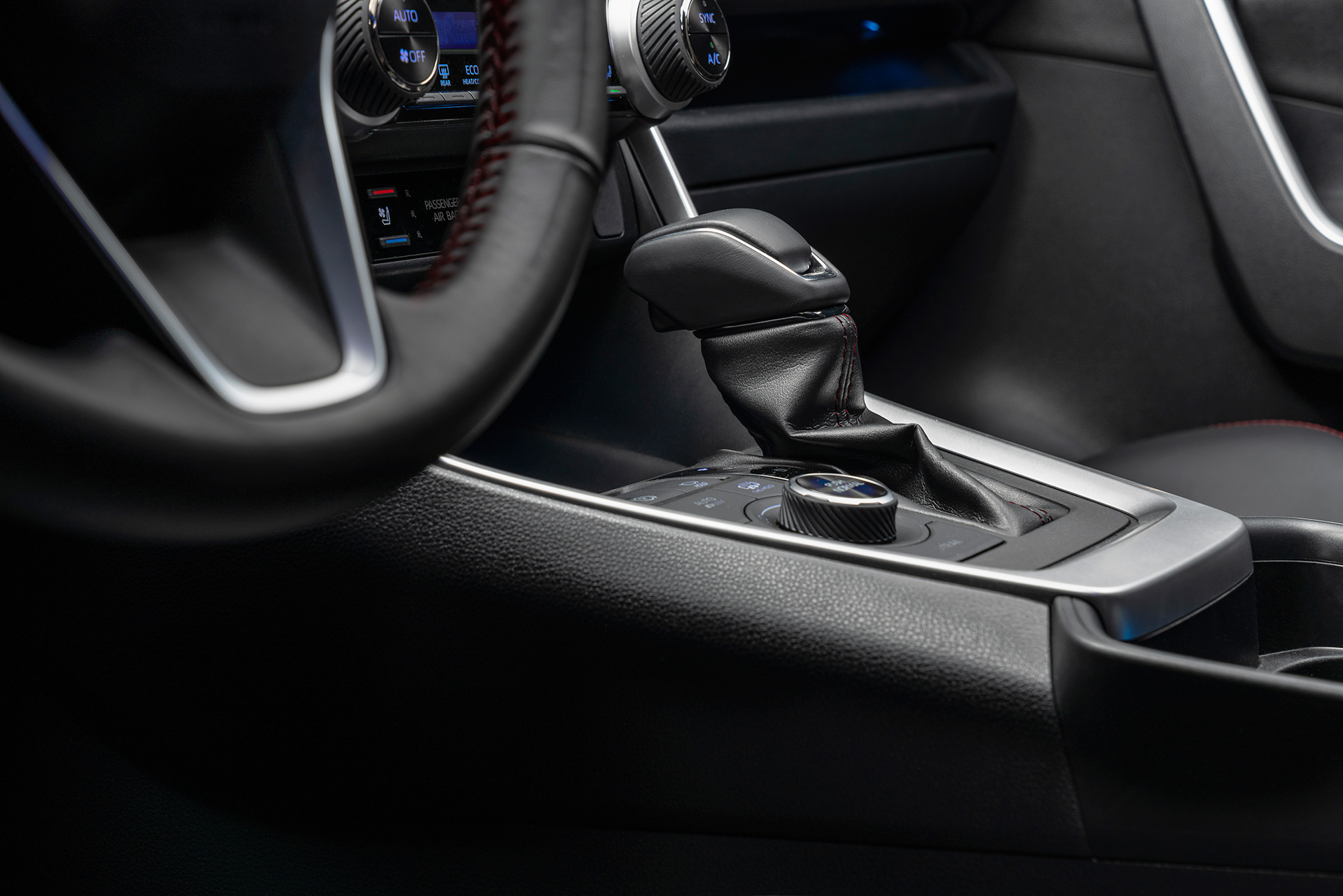
Aah, the CVT. Loved by companies like Toyota and Honda, you can find it in most cars in their lineup. The continuously variable transmission does not have conventional cogs like other systems do, but instead works through a pulley system. To put it simply, a pair of cones are on either side of a belt, connecting the engine and rear wheel. The belt moves up and down these cones, thus constantly changing the gear ratios (hence the name) depending on the torque available, essentially providing unlimited gear ratios. This also lends CVTs the rubberband effect while driving, because of the nature of the gearbox and the high frictional losses it has. It isn't a gearbox that you can go chasing the Thrill of Driving in. Before you scroll over to the next one, the CVT gearbox actually has a lot of advantages. It is easily the most reliable of the lot, it is very fuel efficient and if you can drown out the noise, it is smoother than any other gearbox.
Pros: Reliable, fuel efficient, smooth
Cons: Annoying, uninspiring when driving hard
DCT
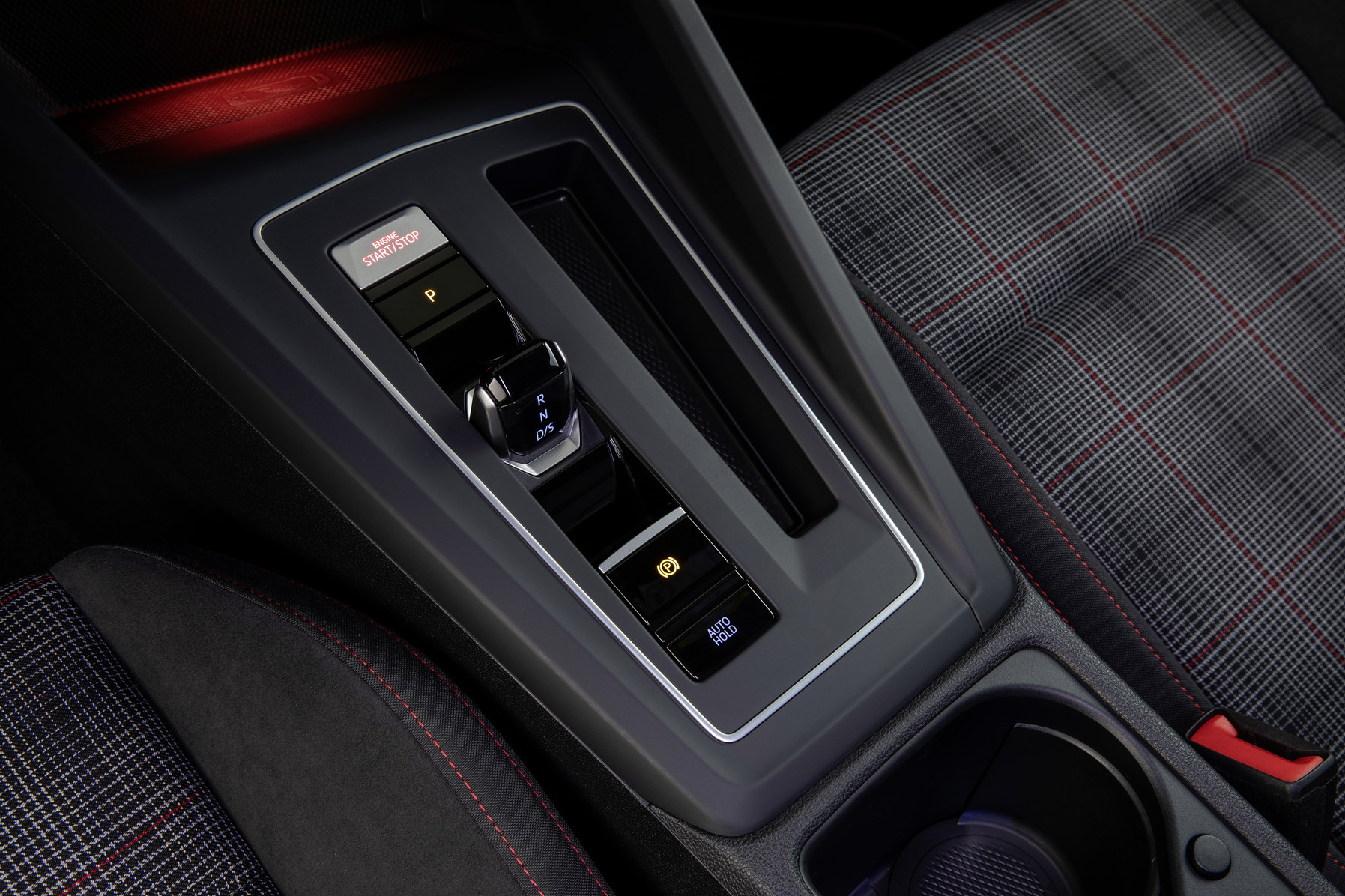
The most complex of this bunch, the DCT gearbox is usually reserved for the more premium offerings like Volkswagens and Audis. But now companies like Hyundai and Kia are offering DCTs in the compact and midsize SUV segments too. The DCT gearboxes are also automated manuals in a sense but use two clutches and very comprehensive algorithms to make seamless shifts. One clutch operates the odd gears, (for example, 1,3,5,7) while the other clutch operates the even gears (2,4,6). When you are in first gear, the computer has already readied the second clutch to engage the second gear, resulting in a seamless shift. DCTs are far more fuel efficient due to their extensive programming and are the fastest shifting gearboxes. DCTs can get caught in certain situations however. For example, on a highway if you are cruising in sixth gear and the seventh gear is pre-selected but you need to make a quick overtake, it takes time for the second clutch to deselect seventh gear and latch onto fifth instead. Nevertheless, companies like Volkswagen have almost eliminated this lag with their DSG, the industry standard for dual clutch gearboxes. Since they are so complicated, they are also expensive to fix should something go wrong on them.
Pros: Quick, seamless shifts, fuel efficient
Cons: Expensive, not always reliable
So yes, there are quite a few differences among these. They all have different applications too, some allow companies to offer an automatic option at a very cheap cost, some offer impeccable reliability while DCT systems offer driving pleasure like no other. They all reduce the stress of negotiating city traffic and make highway drives pretty stress free too. No matter how good the automatics get, nothing comes close to the sensation of driving a good 'ol manual. So we’ll take our Porsche 911 GT3 with a manual gearbox, thank you.


